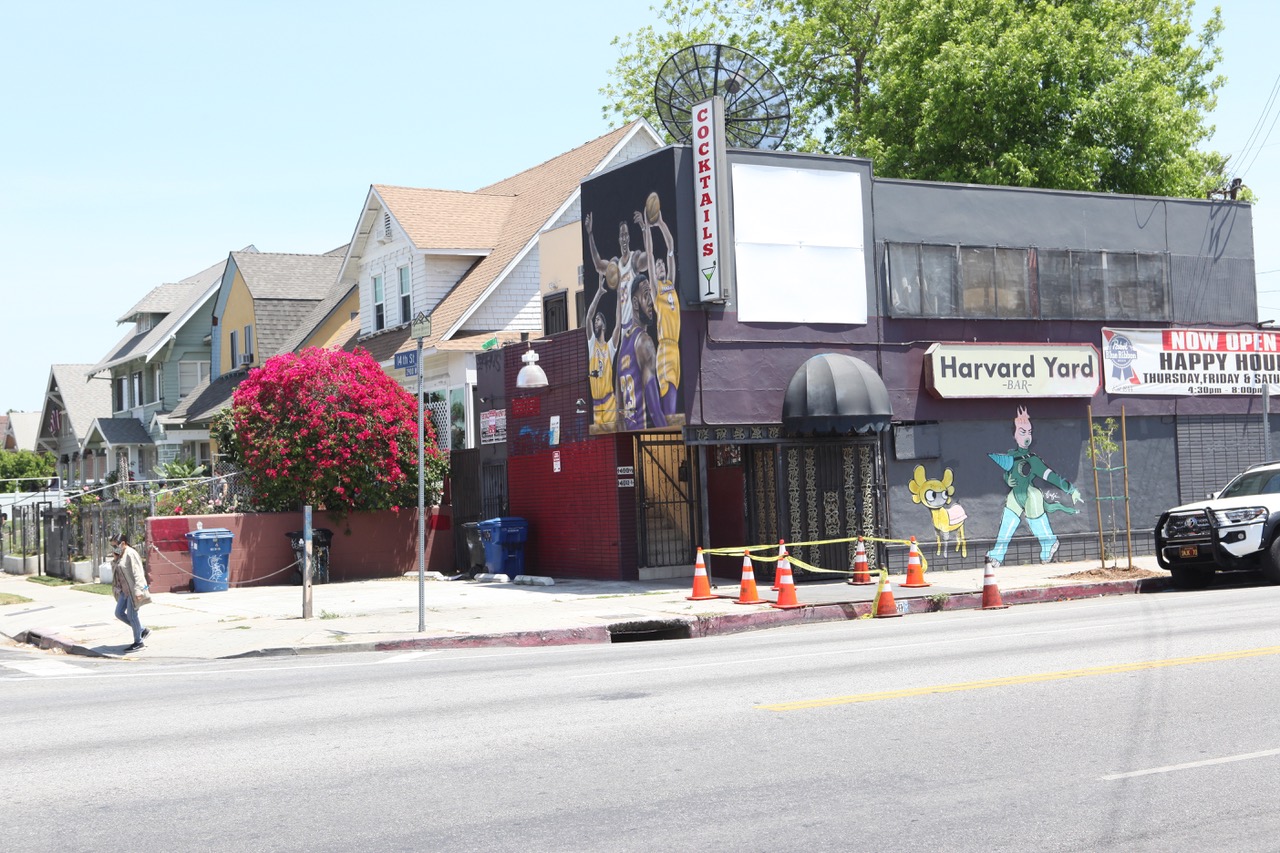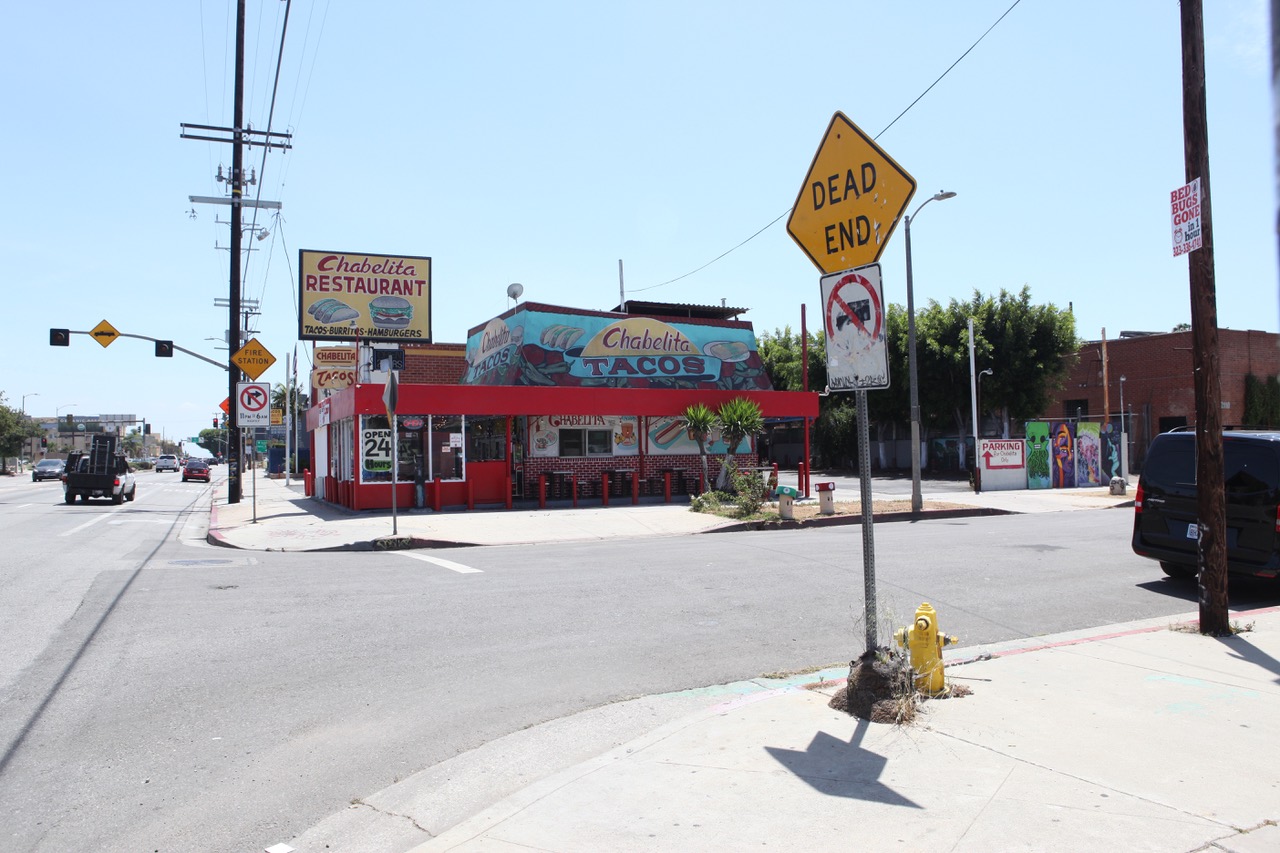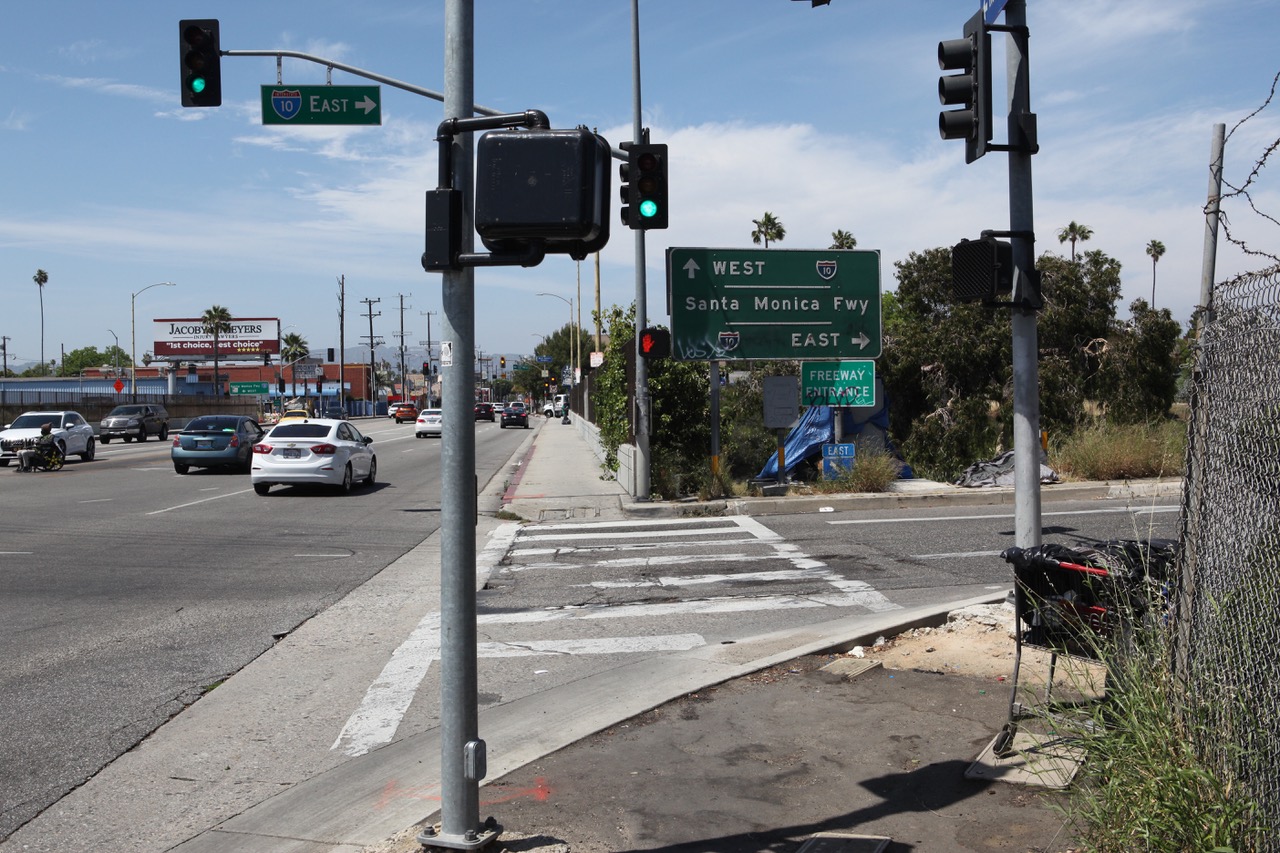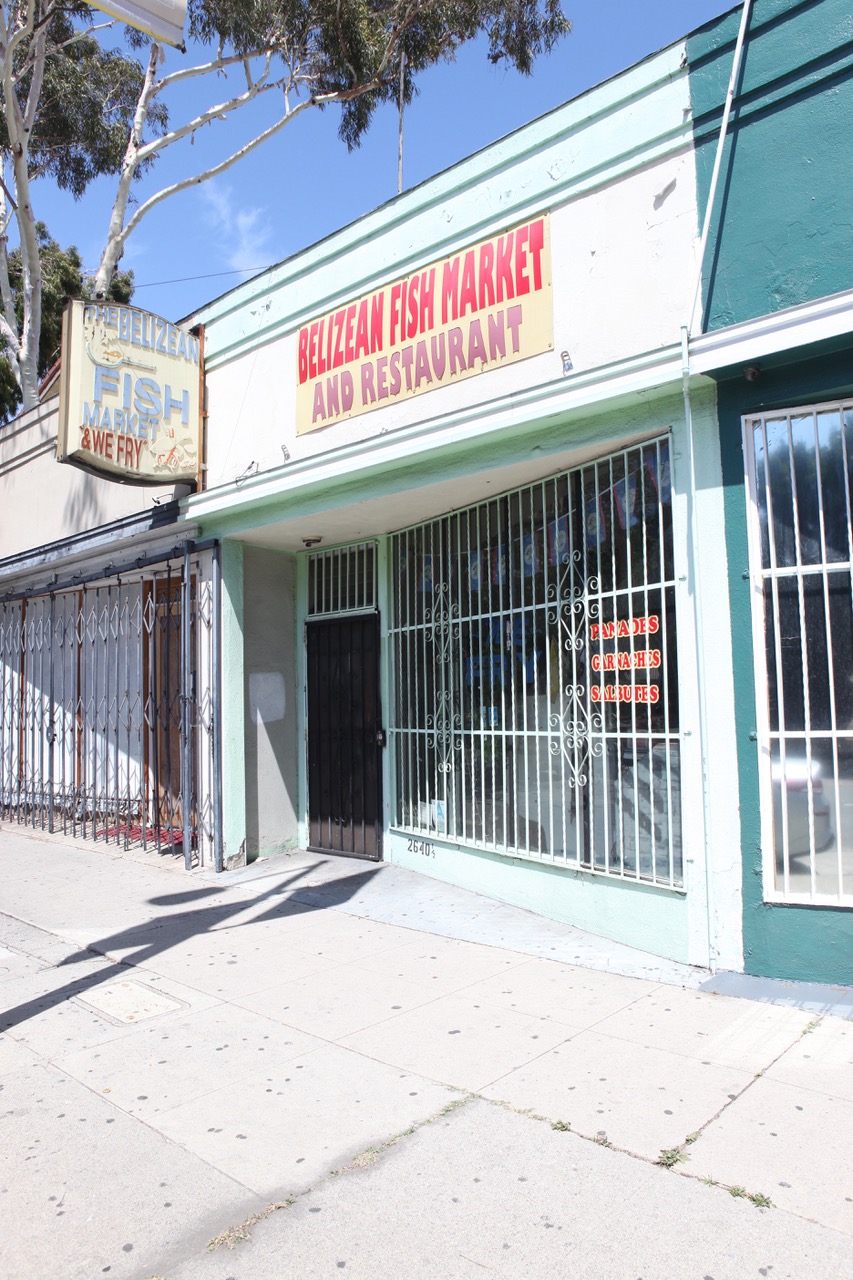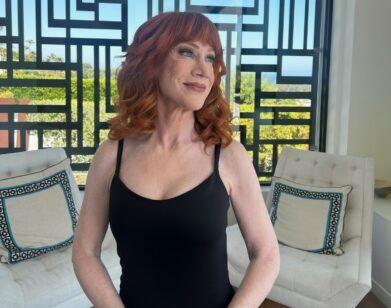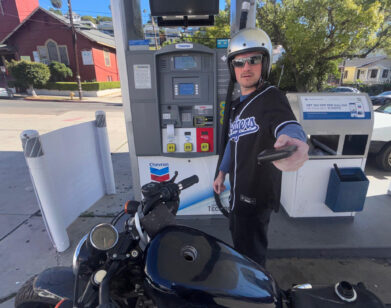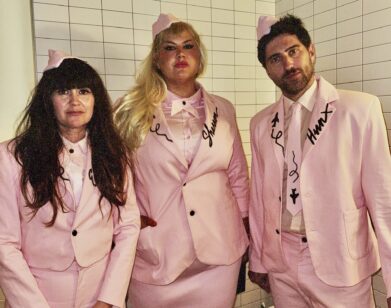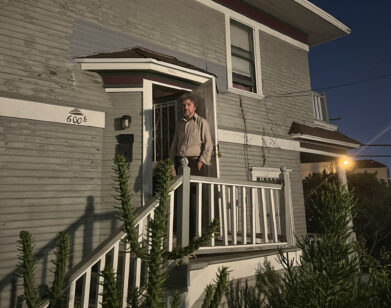A West Adams Tour of Ivy Pochoda’s New Literary Thriller These Women
Ivy Pochoda knows Los Angeles. She gets it the way the very best city writers do, bringing it to life in the voices of her characters, in their secrets and responsibilities, in the way they move about their day shaped and contoured by the urban geography. Pochoda’s fourth novel, the just-released These Women (Ecco), is a molten piece of Los Angeles burning up the page—and, vitally, it’s not the easily digestible, prettified L.A. so often featured in contemporary culture, the hills of Hollywood or the fish shacks of Malibu. Pochoda has chosen to write her suspenseful serial-killer novel on the tougher, more economically and socially fraught streets of West Adams in South Los Angeles, focusing less on the smooth moves of the killer and more on the complex, too-often unrecorded lives of the women who are forced to reckon with such violence and death. Pochoda is opening up the genre of suspense, allowing it to tackle unexplored terrain. Interview asked her to explore some of the key locations around West Adams that she’s captured so wondrously. She’s agreed to give us a walking tour.—CHRISTOPHER BOLLEN
I set my novel These Women in the West Adams section of Los Angeles, where I live. West Adams is comprised of dozens of smaller neighborhoods; some were once tony enclaves until the threat of non-white homeownership brought the city planners to drop the 10 Freeway right in the middle of the community, splitting it in half and effectively separating it from the heart of the city.
For a brief spell I served on my neighborhood council and was plunged into the social, cultural, and political grassroots dynamics of West Adams, where historical preservation bumps up against the need for services, where oil drilling benefits some but hurts many, and where airplanes fly too low, polluting the air with their rumble. I knew as I sat on the council that I would write about the area. And what better way to reveal a neighborhood’s strengths and fissures than to set a crime—or, in this case, a spate of serial murders—there. In order to conjure the panorama of West Adams, I created six distinct female characters from a variety of backgrounds, ages, and races—Dorian, Julianna, Essie, Marella, Anneke, and Feelia—each of whom has been in some way victimized by a serial killer. But this not the criminal’s story. It is the story of these six women.
At the center of the novel is Western Avenue, a major north-south corridor that stretches from the southern tip of Los Angeles all the way to the Hollywood Hills. Off Western are residential blocks, many lined with neat bungalows and towering palms, aesthetically attractive and quintessential Southern California, even in the rougher areas. The avenue itself is filled with strip malls, low-cost supermarkets, pupuserias, tire shops, and too many chain stores to count. Long-standing independent businesses, too. The avenue carries people across the city. It funnels cars entering Los Angeles on the 10. It’s up all night. And, yes, there are women who work it from dusk until sun-up, especially in the southern reaches, taking advantage of the traffic and the fact that the more polished city too often looks away.
———
LUPILLO’S / HARVARD BAR
1400 South Western Avenue
Excerpt from These Women: “There’s a bar two blocks north. Lupillo’s. A neighborhood dive—sticky floor, cheap drinks, broken locks on the bathrooms. Same place the bartender was killed a year back. Shot from the doorway by her ex-boyfriend. Now there’s a beefy security guy on duty. Dorian’s heard the owner’s planning to rebrand the place Harvard Yard, a nod to the surrounding Harvard Heights neighborhood. A smartass joke that doesn’t fit the community.”
This is the northern edge of the world of These Women, the corner where South L.A. and Mid-City open up to Koreatown, a more refined and flashy section of the city. Yet crime lingers here—this bar was renamed after a drive-by shooting of one of the bartenders by her boyfriend. It seems to me to be a place of demarcation, where the violence of the southern part of the city yields to the slicker environs, as Western runs its course to Griffith Park and the Hollywood Hills.
———
CHABELITA’S TACOS
2001 South Western Avenue
“She takes Western north across the 10. Beneath her the traffic is arrested as if the rain has glued it in place. The taillights heading east are a solid red glow. West, it’s white light. She passes a twenty-four-hour taco place. It’s freestanding with an enclosed seating area and a large parking lot. There are hot pink and green cartoon illustrations of tacos and burritos on the windows. The scratched glass, the graffiti, the battered plastic tables tell Marella it’s been there for decades. But she’s never seen it before.”
Chabelita catches the all-night traffic from the 10 half a block away. Just behind it, a ball toss from the busy chaos of Western and its strip malls and derelict storefronts, is one of the most idyllic streets in Los Angeles—a charming block with towering palms and genteel Craftsman mansions. But behind the neon-painted windows of Chabelita, the business of Western is carried out at all hours—the women taking a break from their beat, the workers coming off their graveyard shifts, the drunks and the lost searching for shelter and good cheap eats.
———
THE 10 FREEWAY
Western Avenue & 22nd Street
“It’s rush hour and the freeway is eight lanes of traffic going nowhere. The wind is roaring overhead, outpacing the stalled cars. To the east the scattershot skyscrapers of downtown are a gray and purple smudge in the hazy sun that’s fading in the other direction. A few merchant posters—bold black letters on fluorescent paper—are attached to the fence that guards the overpass. ‘We Buy Houses Cash.’ ‘We Buy Houses Quick.’ Two promote concerts for Ivy Queen and Arcangel.
A crossing from south to north—a barrier from one Los Angeles to another. To the right rise the skyscrapers of downtown. To the left, the suggestion of the Pacific. But here it is usually a jam of cars, above and below, entering and exiting the freeway, before speeding off elsewhere. But some things linger on the overpass; at the base of the crossing are homeless encampments that grow and spread each week. There is also, improbably, a nursery where plants, trapped behind chicken wire, catch the freeway exhaust and still seem to thrive.
———
BELIZEAN FISH MARKET
2640 South Western Avenue
“The evening rush is over. Dorian drops some scraps into the fryer and turns up the volume on the radio. It’s tuned to the classical station that plays the obvious hits of Mozart and Beethoven, and because this is Los Angeles, John Williams and Hans Zimmer…. Long ago her customers stopped caring, noticing, or remembering that it’s a white woman running the fried fish place at the southern edge of Jefferson Park.”
Part of the magic of Los Angeles is the possibility of discovery, when it comes to food, culture, or community, in surprising places—in a parking lot, behind a riot gate or grate, on the street corner. Local cuisine becomes a point of connection for a diverse neighborhood and a dish such as fried fish can tell a story, conjure a memory, or inspire a character.
———
STARBUCKS
1789 West Jefferson Boulevard
“There’s a Starbucks on Jefferson and Western with outdoor seating overlooking an intersection. A good place to take in the streets.
She locks her bike. Then buys a small coffee black.
It’s chilly but she sits outside. There’s not enough cold in L.A. so you need to take what you can get to remind yourself that things change and the world keeps spinning.
She watches three prostitutes pass. Essie doesn’t recognize them. Circuit girls—women who are moved as a unit to different areas of the city even as far as Oceanside or Stockton. Girls who don’t get on Southwest’s radar. At least they look of age for what that’s worth.”
A busy cross-section in the heart of Jefferson Park and another point of mental demarcation—a place where the recent tidal wave of gentrification crashed and receded back north. Looking south, you stare down into the core of South L.A., an enormous part of the city that the majority of people to the north have turned away from or overlooked, only comfortable confronting it through the lens of a certain type of movie or TV show. Safety and a certain type of familiarity is to the north, but to focus in that direction is to disregard an enormous swath of knitted-together vibrant communities and untold stories.

